Since childhood I was fascinated by nomadic cultures and an inseparable part was the bow and the art of shooting from horseback at full speed.
My fascination with hornbows began with the legendary mounted archers of Genghis Khan’s army. They crafted these remarkable weapons from horn, wood, and sinew. The composite bow was essential to their way of war, allowing them to shoot at enemies from a distance while galloping at full speed, making them some of history’s most feared warriors.
“TengriBows” takes its name from the ancient Turkic and Mongol word “Tengri,” meaning “sky” or “heaven.” For these peoples, the sky was sacred—a force of nature governing life. I chose this name to honor the spirit of the nomadic archers, their culture, and the infinitely blue sky.
Through TengriBows, I craft each bow with reverence for this rich history and the craftsmanship of the past.
Crafting Asian bows is my passion, rooted in a deep fascination with nomadic cultures. My travels to Mongolia, Kazakhstan, Kyrgyzstan, Khakassia, and Tuva, along with my dedication to horseback archery, have not only enriched my understanding but have also become a way of life.
Jiri TengriBows, Czech Republic 2021
About Hornbows
 Asian composite bows, also known as reflex bows, horsebows, and hornbows, come with many names and forms. However, their fundamental construction and function are unified by a unique and fascinating principle.
Asian composite bows, also known as reflex bows, horsebows, and hornbows, come with many names and forms. However, their fundamental construction and function are unified by a unique and fascinating principle.
Who used these bows? Why are they different from other types of bows? How are they made?
The most famous and skilled archers of these bows were the Turkic and Mongol tribes led by the mighty Genghis Khan. For them, the rider, bow, and horse were inseparable. Bows based on the same design were also used by various cultures, including the Turks, Arabs, Persians, Mughals, Koreans, Chinese, Manchu, Egyptians, Scythians, Assyrians, and Huns. These bows were used from antiquity into the late Middle Ages, spanning a vast area from Eastern Europe to East Asia, including North Africa and India. They were eventually replaced by firearms.
Compared to other bows, such as the famous English longbow, these composite bows were much smaller and lighter, yet they offered the same draw length and force. Moreover, the speed at which the arrow was released surpassed that of the all-wood longbows used in England.
The small size of these bows made them perfect for horseback archery. Their unique attributes stem from the bow’s shape and the materials used in its construction. When unstrung, the bow reveals its greatest advantage: a large preload reflex. This means the bow is pre-strained in a “C” shape, opposite of what one might expect. The bow typically consists of a short bending section (Turkish Sal), a rigid handle, and inflexible ends (Turkish Bash). More modern bows evolved with a semi-bending part (Turkish Kassan), which is a transition between the flexible and inflexible sections.
The short limbs that allow for such a significant bend without cracking are constructed from three materials: horn on the side facing the shooter, wood in the center, and tendons on the outer side. Each material serves a specific purpose: the horn withstands high pressure, the tendons resist tension, and the wood provides the structure, preventing twisting and forming the bow’s skeleton. The wood is bent over steam into a reflex shape, and everything is glued together with fish or hide glue.
The production process for such a bow takes about one year, as it includes drying the wood after bending, drying the glued tendons and joints, and completing final decoration. Compared to all-wood bows, this process is much more intricate and time-consuming.
From a user’s perspective, a reflex bow made from traditional materials requires more care than longbows or modern variants. The archer must know how to correctly string the bow, ensure it remains aligned during stringing, and achieve an even bend in both limbs. New bows, in particular, are prone to twisting off limbs due to their reflex. And they need special care in the beginning. Additionally, natural materials and adhesives are sensitive to temperature and humidity.
You can find more detailed guidance on bow maintenance on Peter Decker’s website: Composite Bow Care and Maintenance. For illustrative examples of bow straightening, check out my video here: Bow Straightening Video.
These bows continue to hold a proud place in the world of historical archery, remaining immensely popular among enthusiasts.
